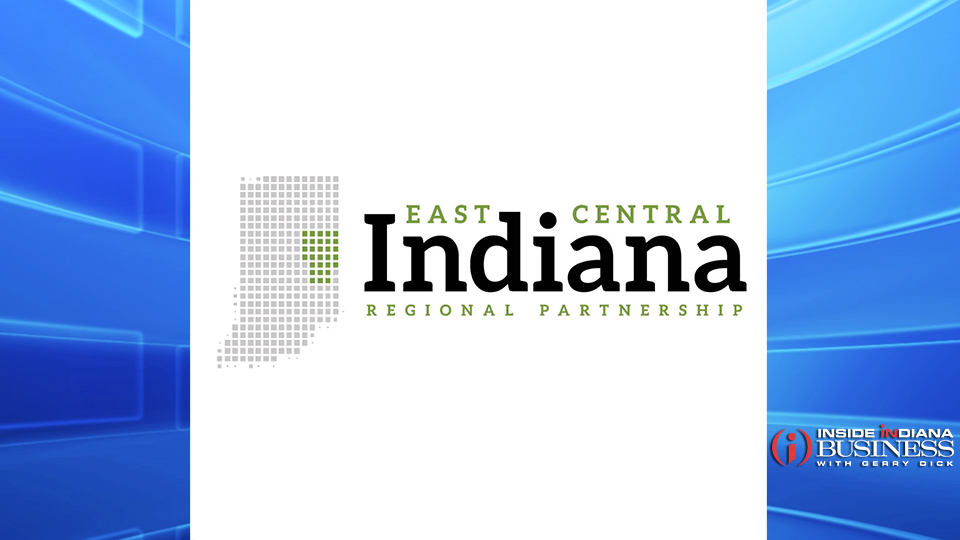East Central Ind. org aims for more funding, influential projects in READI 2.0 proposal
Subscriber Benefit
As a subscriber you can listen to articles at work, in the car, or while you work out. Subscribe Now
After a deadline for a major state economic development funding program passed last Friday, the president and CEO of the East Central Indiana Regional Partnership laid out the organization’s priorities in hopes of snagging more funding this round and addressing issues residents have voiced.
Trevor Friedeberg said the region is ready for the “tremendous opportunity” the second round of the Regional Economic Acceleration and Development Initiative, or READI, presents after the first investment was widely regarded as a catalyst for numerous quality of life projects throughout the state.
“If we get the allotment that we would like to see, there’s going to be tremendous change in the community,” he said. “You’ll see it in all corners. Every county is going to see different types of projects that are going to enhance their communities.”
Friedeberg talks about the potential impact READI 2.0 can have on his region.
The regional organization’s priorities fall into four categories: quality of life enhancement, access to child care, expansion of education and workforce development opportunities, and housing and infrastructure. The last of which, Friedeberg said, was a huge concern in every community they work in since the housing stock doesn’t exist to support the growth they need.
READI 2.0 will provide another $500 million in grants to support projects focused on population growth and quality of life. Indianapolis-based Lilly Endowment Inc. also announced a $250 million gift to the initiative. The first round of grants was awarded in December 2021, supporting 361 projects in all 17 state regions. The Indiana Economic Development Corp. said the program leveraged a combined $12.6 billion in investment from public, private and not-for-profit sources.
The first round of READI awarded the East Central Indiana region $15 million, leading to 19 projects across the area and leveraging $135 million in public and private investment. However, Friedeberg said they felt they could have done more with a larger allocation and are gaming to achieve more this time around.
“Regions were able to ask for up to $75 million to support their READI application,” Friedeberg said. “We have a plan that can support and ask of up to $75 million.”
The organization’s proposal-building process included the most stakeholder engagement they’ve seen, Friedeberg said. With over 3,000 people involved, he said they were able to tailor the proposal to focus on the issues brought forward and make sure they are removing barriers and ensuring the region’s future growth.
The partnership acted as a “convener,” Friedeberg said, and they started working on the application last June by holding in-person meetings in each of the nine counties they represent. Throughout the process, he said they continued to look to the community and ask if they were on the right track up to the final draft.
“It’s all about consensus building,” he said. “Making sure we’re pulling people together, and making sure that we are looking at what the commonalities are between all the counties, and elevating the things that really aligned to say, ‘Okay, these are regional priorities.'”
The public feedback piece is a big part of what has made this proposal process much different than the first round, Friedeberg said. They had a short turnaround last time, he said, and it laid the groundwork for their current application. This time, he said they focused on developing a regional development plan with long-term strategies beyond this round of funding.
“We have a pipeline of projects that we want to be able to fund and support, even if READI isn’t something that we’re able to utilize. There may be other tools available,” he said. “Now, at least, we know what the projects are there that can drive us towards that long-term sustainability and growth.”
The partnership has gone through a selection process to build a roster of projects as well as demonstrate to the IEDC that the desire is there. Projects will not get the green light until they know what their allocation will be, but Friedeberg said there’s a lot of excitement about what could come, potentially including major housing projects in smaller, more rural communities.
“Really trying to make an impression and show that we are ready,” he said. “We’re primed. We’re a good investment, and we’re absolutely worth it.”
An IEDC board will approve investment commitments and allocations in April, and the agency will begin working with regions in May to identify “regionally significant capital and infrastructure projects for investment.”
The East Central Indiana Regional Partnership represents Blackford, Delaware, Fayette, Grant, Henry, Jay, Randolph, Rush and Wayne counties.
